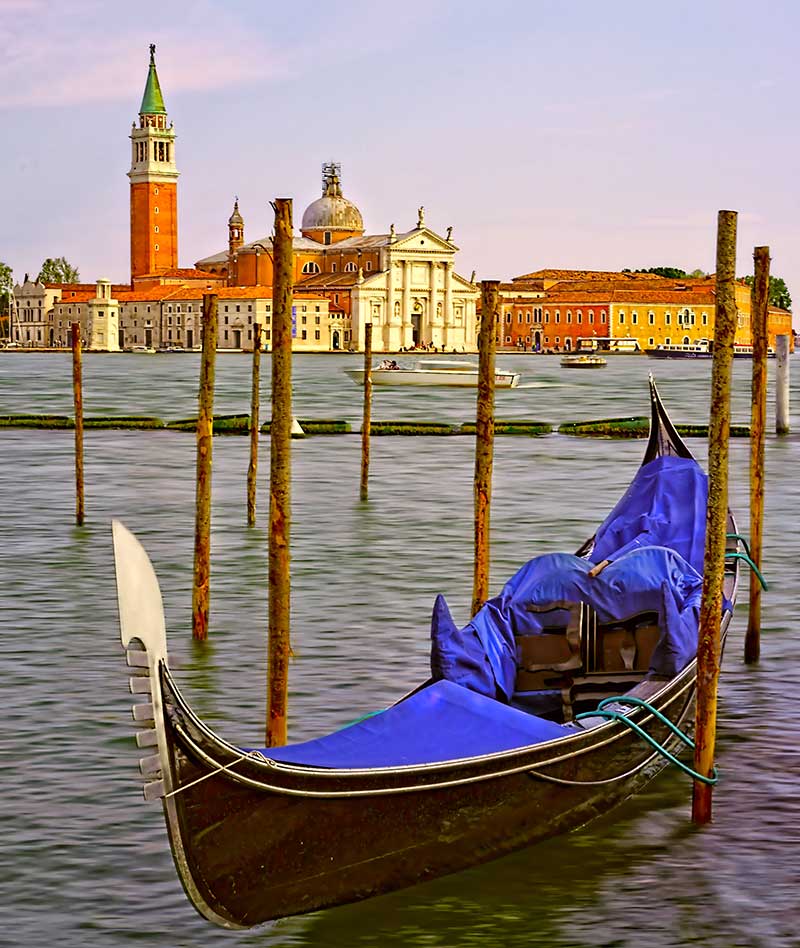Kitsch as it pertains to art.
According to Wikipedia: Kitsch (/ˈkɪtʃ/; loanword from German), is also called cheesiness or tackiness. This is “art” or other objects that appeal to popular or uncultivated taste because they are garish or overly sentimental. And this also means that these objects are considered by other people to be ugly. They are considered without style, and are false, or created in poor taste. Some people do however enjoy these works because they are funny. The word was first applied to artwork that was a response to certain divisions of 19th-century art, with aesthetics that favored what later art critics would consider being exaggerated sentimentality and melodrama. Hence, this type of art is closely associated with sentimental art.
To brand visual art as “kitsch” is generally pejorative, as it implies that the work in question is gaudy, or that it serves a solely ornamental and decorative purpose rather than amounting to a work of true artistic merit. The chocolate box artist Thomas Kinkade (1958–2012), whose idyllic landscape scenes were often lampooned by art critics as “maudlin” and “schmaltzy”, is considered a leading example of contemporary kitsch.
Cheap looking, cheesy art and products fill our world. This is the result of the industrial revolution, capitalism and mass production. And also lack of interest in the arts, by the majority of individuals. Most people would easily spend $50-150 on dining. But not more than $20-50 on a piece of “Art”.
Some very famous artists have achieved monetary success and became famous by producing this type of art. It is a matter of supply and demand, and when it comes to art considered to be kitsch, there is high demand and oversupply.
Quote: “If works of art were judged democratically–that is, according to how many people like them–kitsch would easily defeat all its competitors,” – Thomas Kulka.
Quote: The positive element of kitsch lies in the fact that it sets free for a moment the glimmering realization that you have wasted your life – Theodor Adorno
Kitsch – the conclusion
In this day and age the distinction between so-called “Fine art” and “Kitsch” has become very blurred. An excellent article on the subject titled ” A fine line between art and kitsch-by Roger Scruton in Forbes magazine” can be found HERE. Your task as a collector is to be savvy and educated to be able to distinguish “Art” from “Kitsch”. Finally, if you like this type of work, by all means, buy it.






